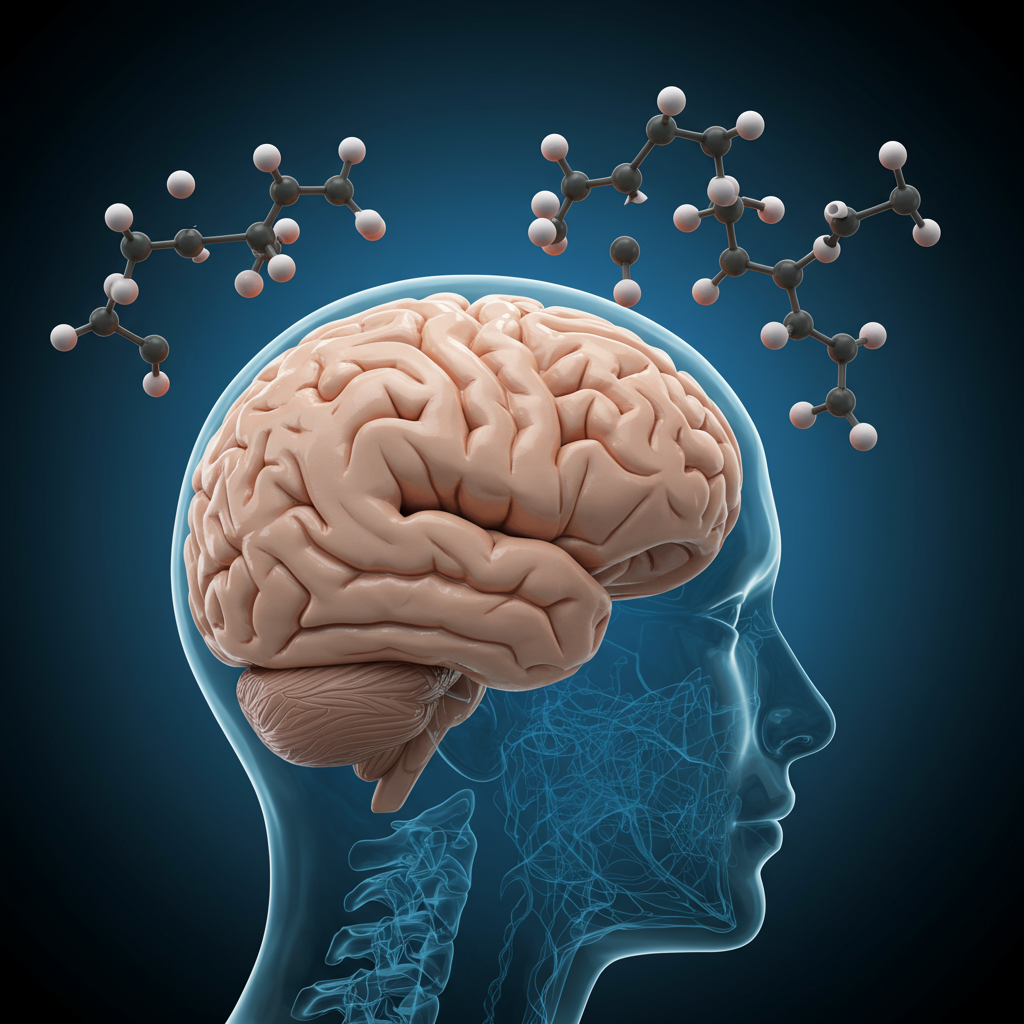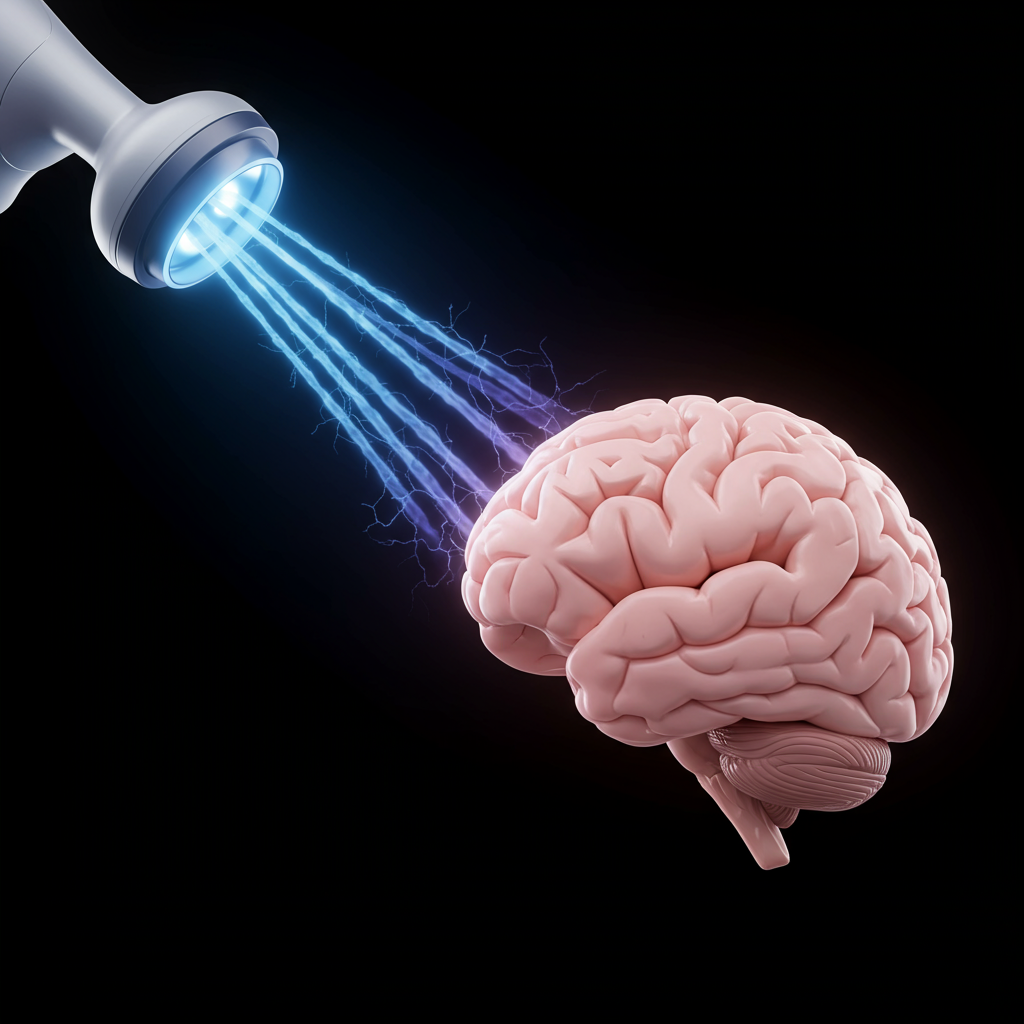Beyond Fingerprints: Scientists Identify Your Unique “Breath Print”
We’re used to thinking of fingerprints or iris scans as the unique biological signatures that can identify us. But what if something as fundamental as the air you breathe could also distinguish you from everyone else? New scientific research suggests that your individual breathing pattern is so distinctive, it could potentially serve as a unique personal identifier – a “breath print” or “respiratory fingerprint.”
Published in the journal Current Biology, a study led by brain scientist Timna Soroka and neuroscientist Noam Sobel at the Weizmann Institute of Science in Israel delved deep into the mechanics of human respiration. Their core hypothesis was simple: since every brain is unique, perhaps the complex neural networks governing breathing patterns would also manifest in unique ways.
Uncovering the Respiratory Fingerprint
To test this theory, researchers developed a lightweight, wearable device capable of precisely monitoring airflow through each nostril over extended periods. This was a crucial step, as previous studies often only measured breathing for short durations. Using this novel sensor, they fitted 97 participants and collected detailed breathing data for up to 24 hours.
Analyzing this extensive dataset using a protocol called BreathMetrics, which examined 24 distinct parameters of nasal respiration, the results were striking. The complex breathing patterns were indeed highly individual. Analyzing just one hour of data allowed researchers to identify individuals with remarkable accuracy (43%), but extending the analysis to a full 24 hours boosted the identification rate to an impressive 96.8%. This level of accuracy rivals some established biometric methods like voice recognition.
What Makes Your Breathing Pattern Unique?
It’s not just the simple act of inhaling and exhaling. The uniqueness lies in the subtle variations and quirks within each respiratory cycle. Think about it:
The exact duration of inhales and exhales.
The length and consistency of pauses between breaths.
Whether airflow is consistently stronger through one nostril than the other at different times of the day.
The frequency of sighs or other distinct respiratory events.
These and other parameters combine to create a complex, individual signature unique to each person.
Potential Beyond Identification: A Window into Health?
While the primary finding establishes the uniqueness of breathing patterns for potential identification, the study uncovered even more intriguing possibilities. Researchers found that these “breath prints” correlated with various physical and behavioral traits.
For instance, correlations were observed between breathing patterns and an individual’s Body Mass Index (BMI). More significantly, specific breathing characteristics were linked to mental states. Participants who reported higher levels of anxiety, even at sub-clinical levels, tended to exhibit shorter inhales and greater variability in the pauses between their breaths, particularly while they were sleeping.
This suggests that monitoring long-term breathing patterns could potentially offer a valuable, non-invasive “window” into a person’s physical and emotional well-being.
The Brain-Breath Connection and Future Directions
Neuroscientist Noam Sobel describes this research as a “completely new way to look at respiration,” considering breathing patterns as a “brain readout.” He even posits a fascinating hypothesis: rather than just anxiety affecting how you breathe, could the way you breathe potentially contribute to or influence states like anxiety or depression?
If this bidirectional link holds true, it opens up exciting avenues for therapeutic intervention. The researchers believe that understanding these correlations could lead to exploring whether modifying specific respiratory patterns might help alleviate certain physical or mental conditions.
While the initial wearable device used for the study faced practical challenges for everyday use (like discreetness and susceptibility to slipping), the research team is already working on developing more comfortable and user-friendly versions. Their ongoing work aims to move beyond simply identifying individuals towards understanding how unique breathing patterns might predict various diseases and investigating the potential of targeted respiratory modifications as future treatments.




